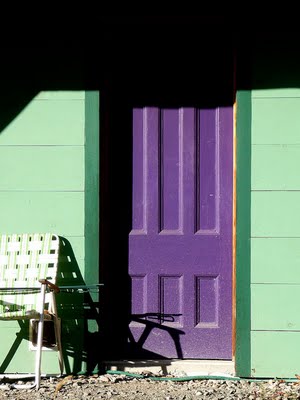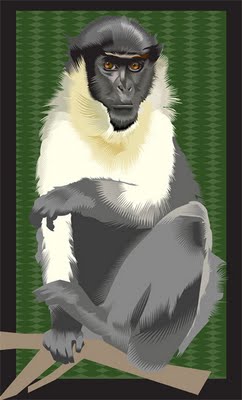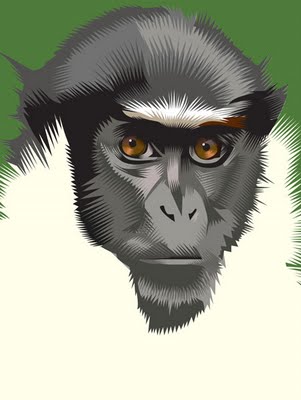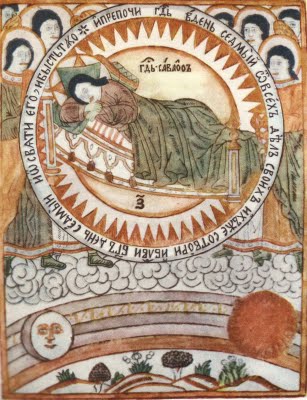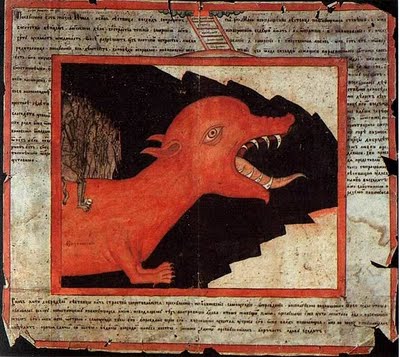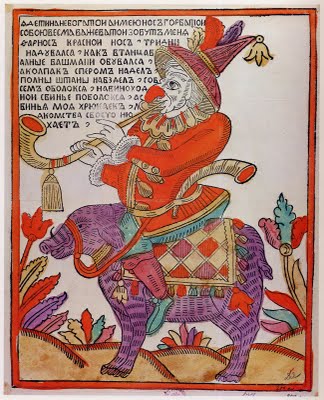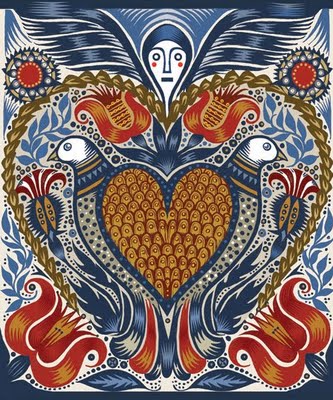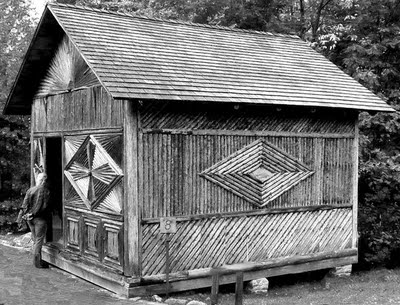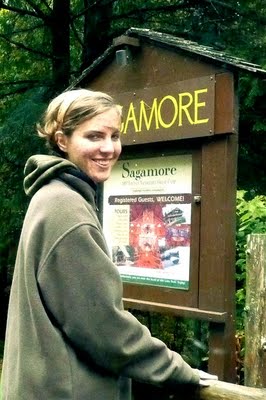
I was reading more of David Kriebel's article on powwowing among the Pennsylvania Germans last night. He breaks the practice of powwowing down into 3 groups from small, insignificant treatments to the big bam boom treatments with all sorts of laying on of hands, remedies and prayer. Along with this, he breaks the practitioners of this folk medicine down into those neighbor or family friends or members to professionals who accept payment and have a space devoted to the practice. Kriebel is good not to condemn or even personally comment on his understanding of this and is open to the efficacy of these practices. He cites folks even now practicing powwowing in Pennsylvania...a tradition that is always passed down from father to daughter, mother to son, husband to wife, brother to sister...but never same sex.
From Wikipedia:
CURE FOR THE HEADACHE
Tame thou flesh and bone, like Christ in Paradise; and you who will assist thee, this I tell thee (name) for your repentance sake. + + + This you must say three times, each time lasting for three minutes, and your headache will soon cease. But if your headache is caused by strong drink, or otherwise will not leave you soon, then you must repeat these words every minute. This, however, is not necessary in regard to headache.
TO REMOVE BRUISES AND PAINS
Bruise, thou shalt not heat;
Bruise, thou shalt not sweat;
Bruise, thou shalt not run,
Pow-wow is a system of American folk religion and magic associated with the Pennsylvania Dutch. Its name comes from the book Pow-wows, or, The Long Lost Friend, written by John George Hohman and first published in German as Der Lange Verborgene Freund in 1820. Despite the Native name, taken from an Algonquian word for a gathering of medicine men, the collection is actually a very traditional collection of European magic spells, recipes, and folk remedies, of a type familiar to students of folklore. They mix prayers, magic words, and simple rituals to cure simple domestic ailments and rural troubles.
The tradition is also called hex or hex work, or Speilwerk in Pennsylvania Dutch; its adepts are hexenmeisters. The tradition of Hex signs painted on Pennsylvania barns in some areas originally relates to this tradition, as the symbols were pentagrams thought to have talismanic properties; though many current hex signs are made simply for decoration.
Also important to the pow-wow practitioner were the Sixth and Seventh Books of Moses, books brought to the United States from Germany, containing cabalistic magic, claiming to be the magical arts by which Moses obtained his powers and commanded spirits. Actually, the Sixth and Seventh Books of Moses were apparently compiled by Johann Scheible in nineteenth century Germany.
Another characteristic practice of pow-wow magic is the Himmelsbrief or "heaven's letter" and Teufelsbrief, a "devil's letter," which presumably is meant to bestow a curse. Significantly, the Long Lost Friend assures its owner that:
Whoever carries this book with him, is safe from all his enemies, visible or invisible; and whoever has this book with him cannot die without the holy corpse of Jesus Christ, nor drowned in any water, nor burn up in any fire, nor can any unjust sentence be passed upon him. So help me.
No more than Virgin Mary shall bring forth another son. + + +
From the sublime to my reality: Alex woke up this a.m. with a sore throat, phlem and of course a raging fever. Guess I will need to get my red string ready and see if i can help him...either that or a thermometer and ibuprophen. I think the latter probably will be more effective for me. However, I do need to look into the Himmelsbrief (we've talked about this), and the lovely devil's letter. Plus, the Books of Moses Long Lost Friend are a must. There might be some pictures there! Who knows, maybe a remedy too?
From the Long Lost Friend:
A SURE WAY OF CATCHING FISH.
Take rose seed and mustard seed, and the foot of a weasel, and hang these in a net, and the fish will certainly collect there.







